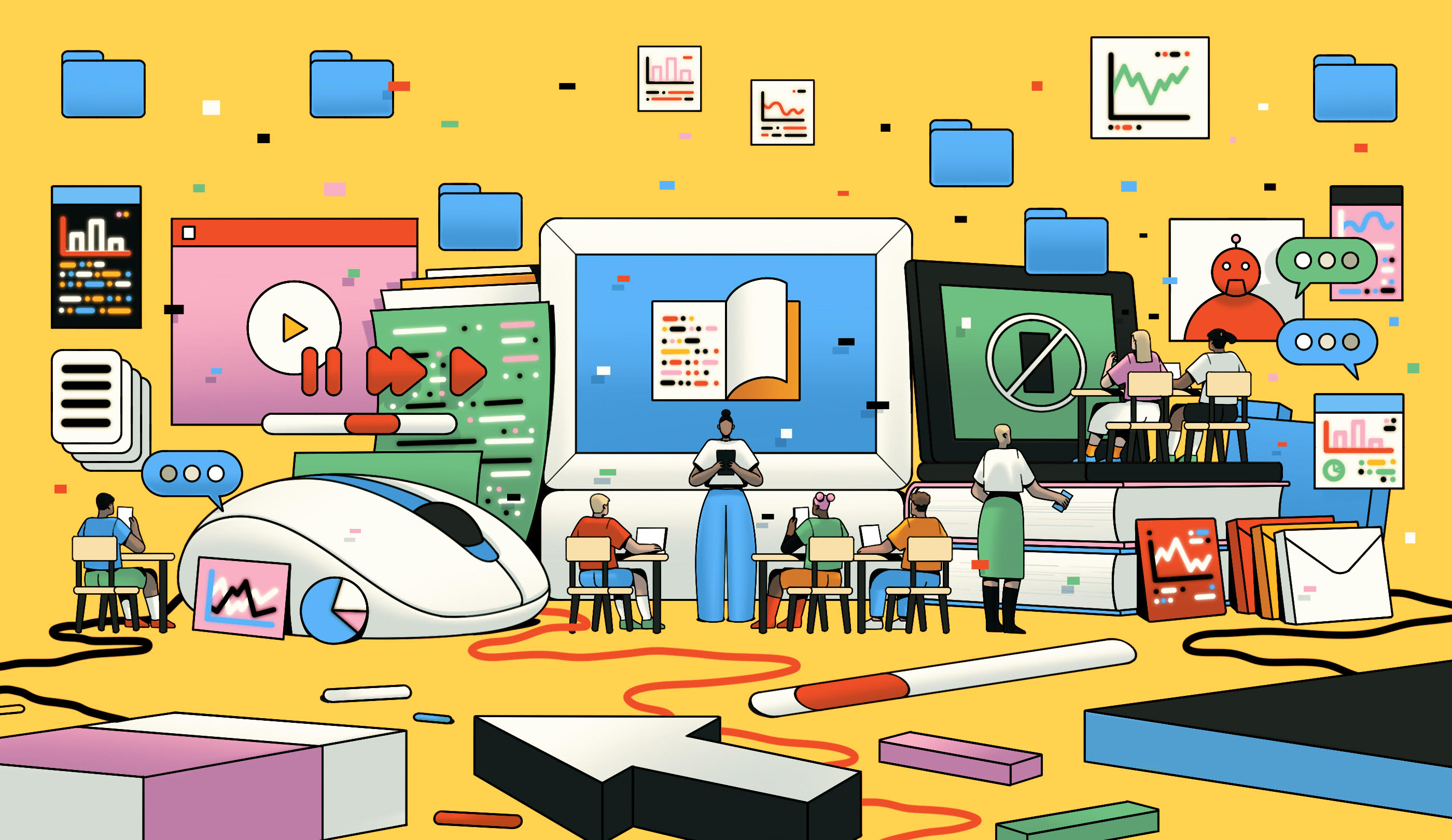AI's New Weapon Against Human Trafficking: How Technology is Helping Rescue Victims

Human trafficking is a global crisis, often shrouded in secrecy and leaving countless victims lost and vulnerable. The insidious nature of this crime makes it incredibly difficult to detect and combat. However, a powerful new ally is emerging: Artificial Intelligence (AI). AI technology is offering a beacon of hope in the fight against human trafficking, providing unprecedented tools for identification, rescue, and prevention.
The Challenge of Hidden Victims
One of the biggest hurdles in tackling human trafficking is the sheer difficulty in locating victims. Victims are often isolated, their identities concealed, and their movements controlled. They may undergo significant changes in appearance, making them unrecognizable to loved ones and law enforcement. Traditional investigative methods struggle to keep pace with the traffickers' sophisticated techniques.
AI to the Rescue: Identifying Patterns and Anomalies
AI’s strength lies in its ability to analyze vast amounts of data and identify patterns that humans might miss. Here's how AI is being deployed:
- Facial Recognition & Image Analysis: AI algorithms can analyze images from social media, online advertisements, and even security cameras to identify potential victims based on known characteristics or subtle changes in appearance. Sophisticated image analysis can detect signs of coercion or distress, even when victims are attempting to hide their situation.
- Online Behavior Analysis: Traffickers often use online platforms to recruit victims and facilitate their exploitation. AI can monitor online forums, chat rooms, and social media for suspicious activity, keywords, and phrases indicative of trafficking.
- Travel Pattern Analysis: AI can analyze travel records, border crossings, and other mobility data to identify unusual patterns that may suggest a victim is being transported against their will.
- Financial Transaction Monitoring: Traffickers frequently move money through complex networks. AI can detect unusual financial transactions and flag them for further investigation.
- Predictive Policing: By analyzing historical data and identifying hotspots, AI can help law enforcement agencies proactively target areas where trafficking is most likely to occur.
Real-World Impact and Success Stories
Several organizations and law enforcement agencies are already leveraging AI to combat human trafficking with remarkable results. For example, organizations are using AI to scan online classified ads for signs of sexual exploitation. Law enforcement agencies are employing AI-powered tools to analyze large datasets of missing persons reports, connecting seemingly unrelated cases and uncovering trafficking networks.
Ethical Considerations and Challenges
While AI offers tremendous potential, it’s crucial to acknowledge the ethical considerations and challenges. Data privacy, algorithmic bias, and the potential for misuse are all important concerns that need to be addressed. Careful oversight and robust safeguards are essential to ensure that AI is used responsibly and ethically in the fight against human trafficking.
The Future of AI in Anti-Trafficking Efforts
As AI technology continues to evolve, its role in combating human trafficking will only grow. Future applications may include:
- Sentiment Analysis: Analyzing text and voice data to detect signs of distress or coercion.
- Natural Language Processing (NLP): Analyzing conversations and communications to identify trafficking-related keywords and patterns.
- Machine Learning-powered Victim Identification Models: Continuously improving the accuracy of victim identification through ongoing training and data analysis.
The fight against human trafficking requires a multifaceted approach, and AI is proving to be an invaluable tool. By harnessing the power of technology, we can empower law enforcement, support survivors, and ultimately work towards a world free from this horrific crime. The key is to use this powerful technology responsibly, ethically, and in collaboration with human expertise to maximize its impact and protect the vulnerable.





:max_bytes(150000):strip_icc()/GettyImages-2215455227-e5b2d2f8a7a74ab2baf2a6cf5840fc67.jpg)
